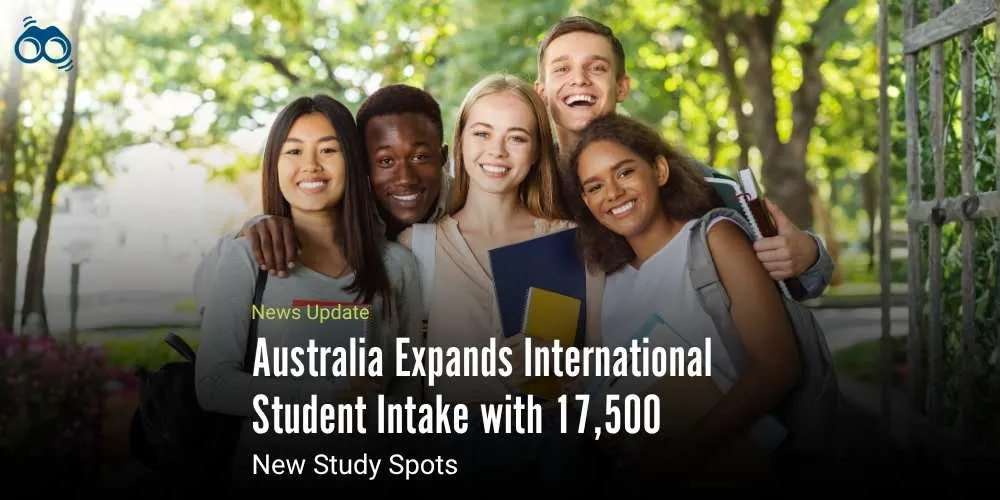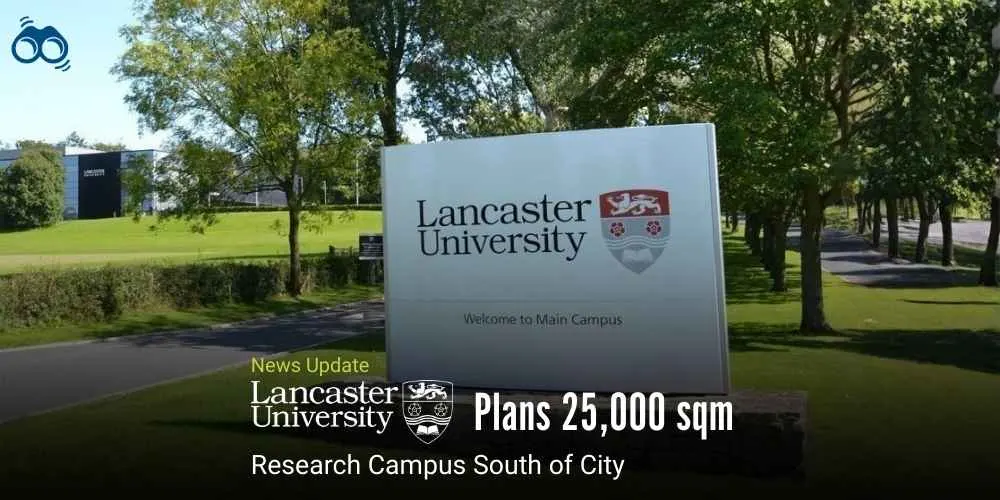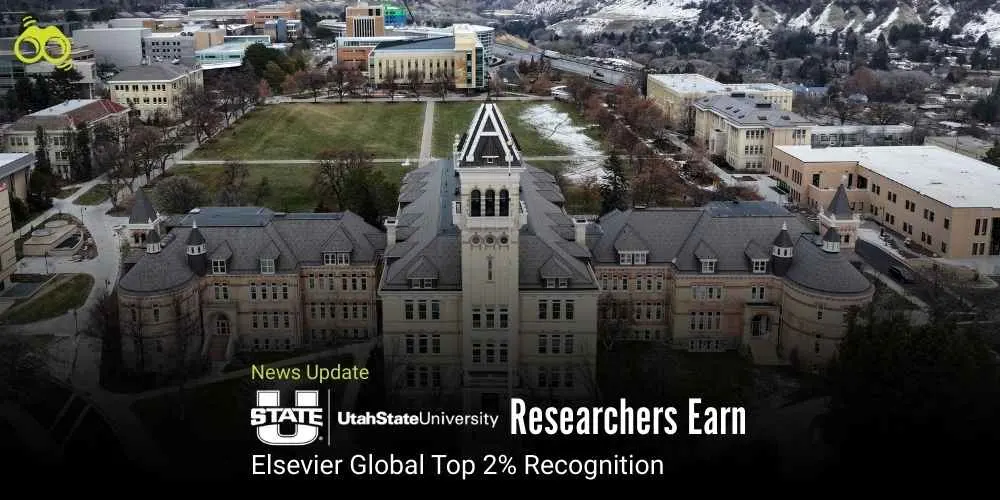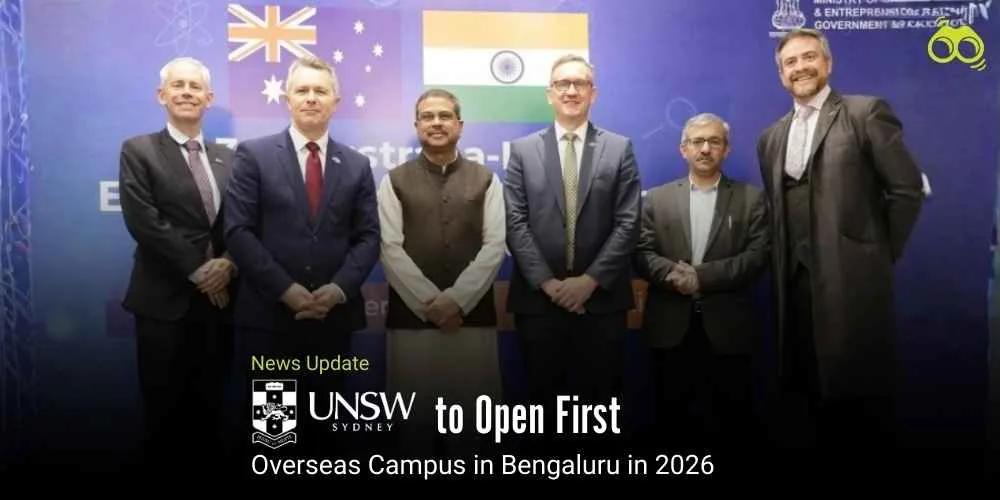Education Ministry Balances Growth and Immigration in New International Student Strategy
17,500 Additional Places Approved Across 32 Australian Universities for 2026
Australia’s Education Ministry took a proactive approach and announced on October 14 that it would increase international student quotas at public universities, despite strict visa policies leading to fewer applications. Under this international educational strategy, 17,500 additional spots were distributed among 32 universities by 2026. Undoubtedly, international education makes a significant economic contribution, generating tens of billions of dollars annually, and it is equally important to develop global partnerships. However, they also emphasised the need for sustainable growth, stating that the new allocations would balance responsible planning with economic advantages.
A national cap of 295,000 international enrollments for 2026 was previously announced by the government. Universities had the chance to apply for more spots if they could demonstrate sufficient housing provision, diversify their hiring markets, and increase the number of students from Southeast Asia. Although the overall cap has not changed, thirty-two institutions have been approved after proving they meet the requirements.
Universities granted the highest quotas include the University of Sydney (11,900), Monash University (11,300), University of Melbourne (10,500), and the University of New South Wales (10,350). Most other institutions were granted between 1,000 and 8,000 places, while Notre Dame Australia and the U. of New England were given fewer than 1,000 places.
Over the past two years, Australia has tightened its immigration laws despite the expansion. The following newly updated rules apply to applicants for student visas to Australia:
Post-study work visa rights are being reduced from 4-6 years to 2-4 years.
Increased IELTS scores from 5.5–6.0 to 6.0–6.5 indicate higher English language proficiency requirements.
Minimum financial proof has been raised by 20% to AU$29,710 (US$19,230).
The student visa fee has doubled to AU$2,000, making it one of the highest in the world.
These changes had a huge impact on visa application processing, resulting in a 26% decrease in applications for the 2024-2025 academic year. Still, Australia has a huge international student population, with enrollment close to 800,000 by July 2025. Among them, Vietnamese students comprised 4% of the total and held a place as ranked 4th among all nationalities. Those who are eyeing the Australia study option have to learn all about the freshly updated study visa requirements. Prospective students need to prepare better documentation proving their finances, prove an even higher standard in language proficiency, and factor in increased embassy fees for Australia while making an application for a visa for Australia.
Visa news, although discouraging, does not detract from the merits of becoming an international student in Australia. Once graduated, these students benefit from world-class education, avenues into Australia PR, and worthwhile post-study work experience, albeit with revised conditions.
Editor’s Note:
Australia is navigating a complex balance between economic goals and immigration control by expanding its international student quotas while simultaneously tightening visa policies. The Australian education department has allocated an additional 17,500 places for international students across 32 government universities, signalling a deeper commitment to global education and partnerships, even as visa restrictions become more stringent. Australia's international education sector is crucial, generating tens of billions of dollars annually and fostering global relationships. However, stricter student visa requirements, including financial conditions, language proficiency, and post-study work rights, could undermine Australia's appeal as a top destination for international students. Australia is implementing a cap of 295,000 international student enrollments for 2026, a pragmatic move to manage growth. Institutions that have earned additional placements through housing provisions, market diversification, and regional outreach are to be commended. However, this policy exists within a broader context of stricter visa controls, suggesting a cautious, if not contradictory, approach. For prospective students, the message is mixed. While the benefits of international study in Australia persist, including globally recognised education, potential pathways to permanent residency, and post-study work experience, they will be accompanied by increased costs, more complex visa applications, and reduced flexibility.
As per Skoobuzz, Australia now faces an important choice. Even with stricter immigration rules and fewer visa applications, the country must decide if it truly wants to stay competitive in global higher education. Growth is important, but it needs to be fair and steady. That means keeping university access open, making sure students from all backgrounds have a fair chance, and giving clear guidance to those who want to study and build a future in Australia.
FAQs
1. How many international students are allowed in Australia in 2026?
The Australian government has set a national cap of 295,000 international student enrolments for 2026. However, 32 public universities have been approved to admit an additional 17,500 students, provided they meet housing, recruitment, and regional intake criteria.
2. What are the new rules for student visas in Australia?
Recent changes to the Australian student visa include:
Reduction of post-study work visa rights from 4–6 years to 2–4 years
Higher English language requirements (IELTS scores raised from 5.5–6.0 to 6.0–6.5)
Increased financial proof requirement to AU$29,710 (US$19,230)
Doubling of the student visa fee to AU$2,000, now among the highest globally
3. How can I apply for a student visa for Australia?
To apply for a visa to Australia, prospective students must:
Receive an offer from a registered institution
Provide proof of sufficient funds and accommodation
Meet updated English language standards
Pay the embassy fee for Australia, currently AU$2,000
Submit documents through the official visa application process
4. What is the cost of a student visa for Australia?
As of 2025, the cost of a student visa for Australia is AU$2,000. This fee has doubled in recent years and is considered one of the highest globally for international education.
5. What are the benefits of studying in Australia as an international student?
Studying in Australia offers:
Access to world-class education and research facilities
Opportunities for post-study work experience under revised visa conditions
Pathways to Australia PR for eligible graduates
Exposure to diverse cultures and global academic networks
6. Which universities in Australia received the highest international student quotas?
The University of Sydney (11,900), Monash University (11,300), University of Melbourne (10,500), and University of New South Wales (10,350) received the largest allocations. Most other institutions were granted between 1,000 and 8,000 places.
7. Why are visa applications to Australia declining?
Visa news indicates a 26% drop in applications for the 2024–2025 academic year, largely due to stricter Australian immigration policies, higher financial requirements, and reduced post-study work rights.
8. What are the Australia study visa requirements in 2025?
Applicants must:
Demonstrate financial capacity of at least AU$29,710
Achieve IELTS scores of 6.0–6.5, depending on course level
Provide proof of accommodation and health cover
Pay the full visa fee and meet character and health checks
9. Are Southeast Asian students being prioritised in Australia’s new strategy?
Yes. Universities seeking extra places were encouraged to diversify recruitment and increase intake from Southeast Asia, aligning with Australia’s international education strategy.
10. How does the post-study work visa in Australia now operate?
Graduates can now access post-study work rights for 2–4 years, depending on their qualification level and field of study. These durations were previously 4–6 years but have been reduced under the new immigration rules.














0 Comments (Please Login To Continue)